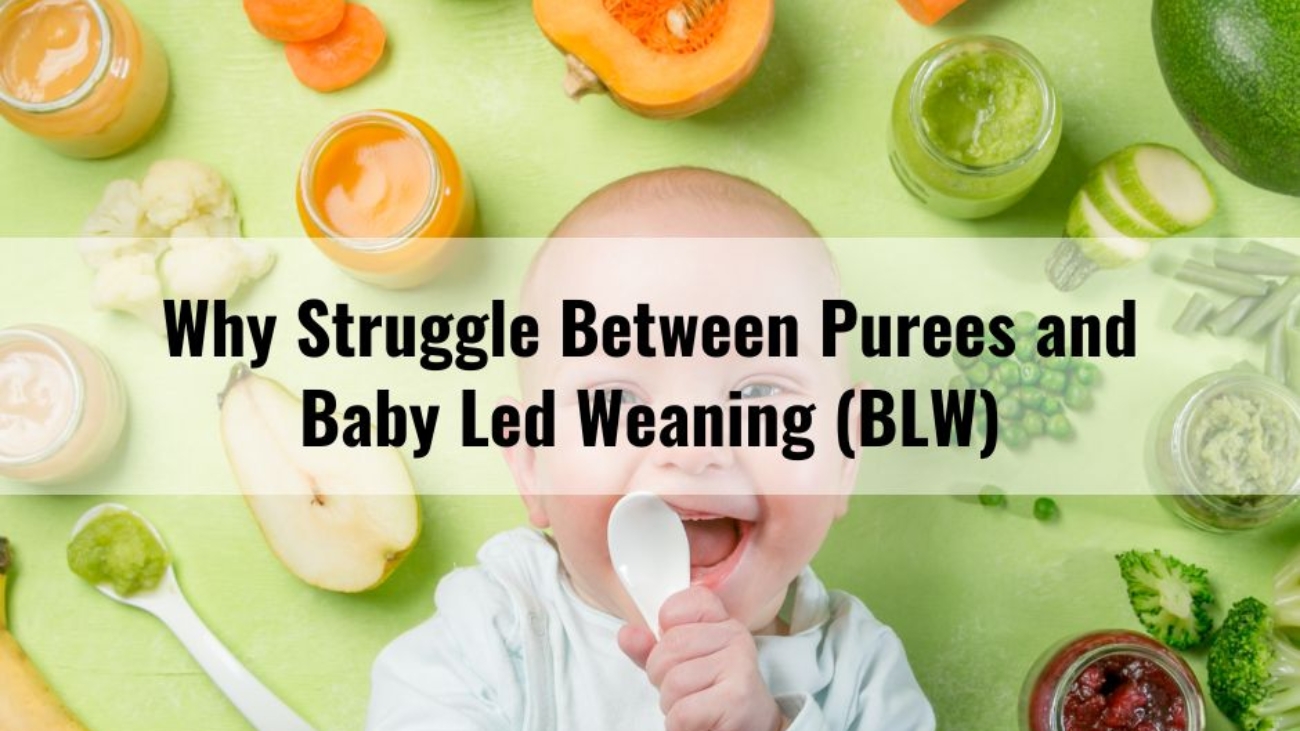As parents begin the exciting (and sometimes overwhelming) journey of introducing solid foods to their baby, one common question comes up again and again: Should I start with purees or go straight to baby-led weaning (BLW)?
The truth is, it doesn’t have to be one or the other. In fact, combining both approaches can be a practical and positive way to support your baby’s development and meet their nutritional needs.
FIRST, LET’S TALK ABOUT THE GOALS OF STARTING SOLIDS
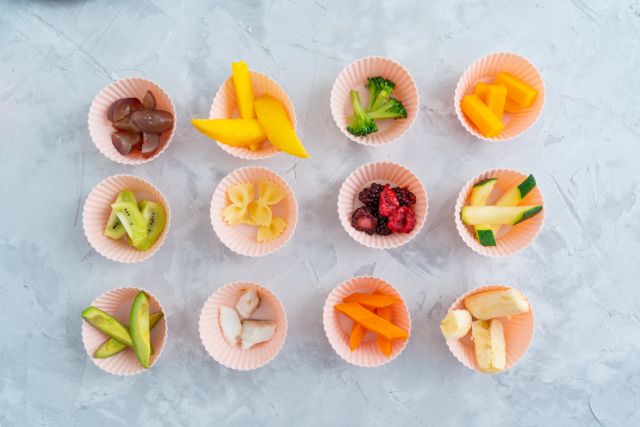
Whether you’re offering purees or finger foods, the objectives remain the same:
-
Meeting your baby’s growing nutrition needs
-
Encouraging independent eating and skill development
-
Minimizing the risk of choking through safe feeding practices
These goals can be achieved using a flexible, responsive feeding approach—one that respects your baby’s developmental readiness and your family’s comfort level.
WHAT IS BABY-LED WEANING (BLW)?
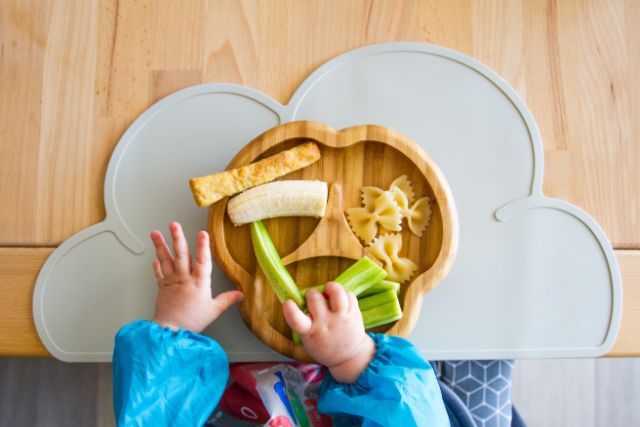
BLW involves offering your baby soft, age-appropriate finger foods from the start, allowing them to self-feed. It supports the development of fine motor skills, oral coordination, and a healthy relationship with food through exploration and autonomy.
That said, BLW isn’t all-or-nothing. Some babies benefit from a mixed approach—especially when it comes to certain textures or nutrients.
For example:
-
You might offer a preloaded spoon of iron-rich puree (like lentils or chicken) alongside soft finger foods.
-
Or, you may use spoon-feeding occasionally when your baby is tired, frustrated, or showing signs they need extra support.
This is still responsive feeding—as long as you’re following your baby’s cues and allowing them to lead the experience.
WHAT ABOUT PUREES
Purees are not “bad” or “wrong.” In fact, many BLW-friendly families use purees in a baby-led way. The key difference lies not in the food itself, but in the feeding style:
a) Are you forcing or coaxing the baby to eat more than they want?

b) Or are you offering the spoon and letting your baby decide whether to take it?

This is where preloaded spoons come in—they allow babies to self-feed with purees, offering the best of both worlds.
CONSIDER YOUR BABY’S PERSONALITY
Every baby is different, and their preferences and readiness can guide your approach.
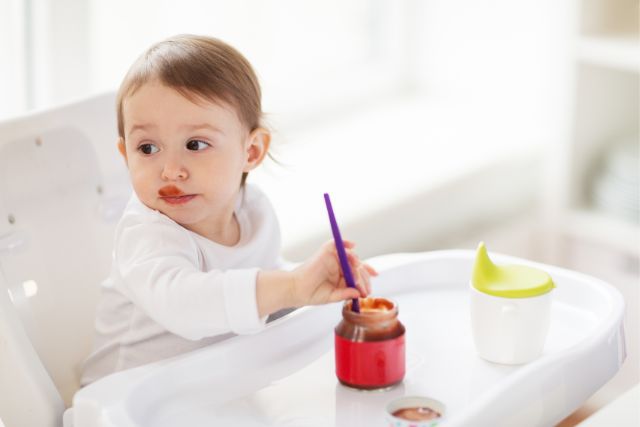
a) The Independent Explorer
These babies want to do everything themselves. They may refuse to be spoon-fed and dive right into self-feeding with gusto.
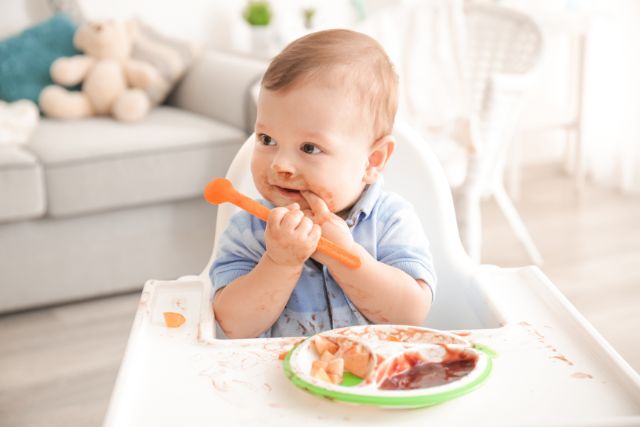
b) The Cooperative Diner
These babies are happy to accept spoon-feeding, especially if it means mealtime is faster and smoother.

c) Most babies
Fall somewhere in between—and their preferences may shift over time.
Responsive feeding means tuning in to what your baby needs, rather than sticking rigidly to one method.
BOTTOM LINE
You don’t have to pick sides in the puree vs. BLW debate. A flexible, baby-led approach can include:
-
A variety of textures and flavors from the start
-
Iron-rich foods offered at least twice a day
-
Opportunities for self-feeding with both finger foods and preloaded spoons
-
A calm, pressure-free environment that encourages exploration and enjoyment
What matters most is that your baby develops positive mealtime experiences and builds a healthy relationship with food—one bite at a time.

